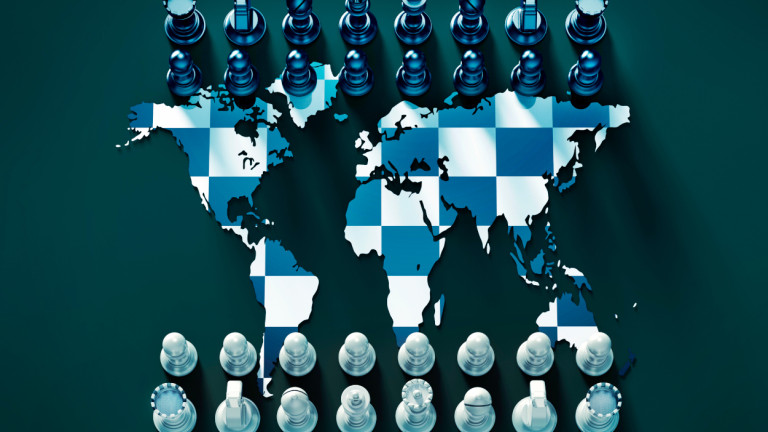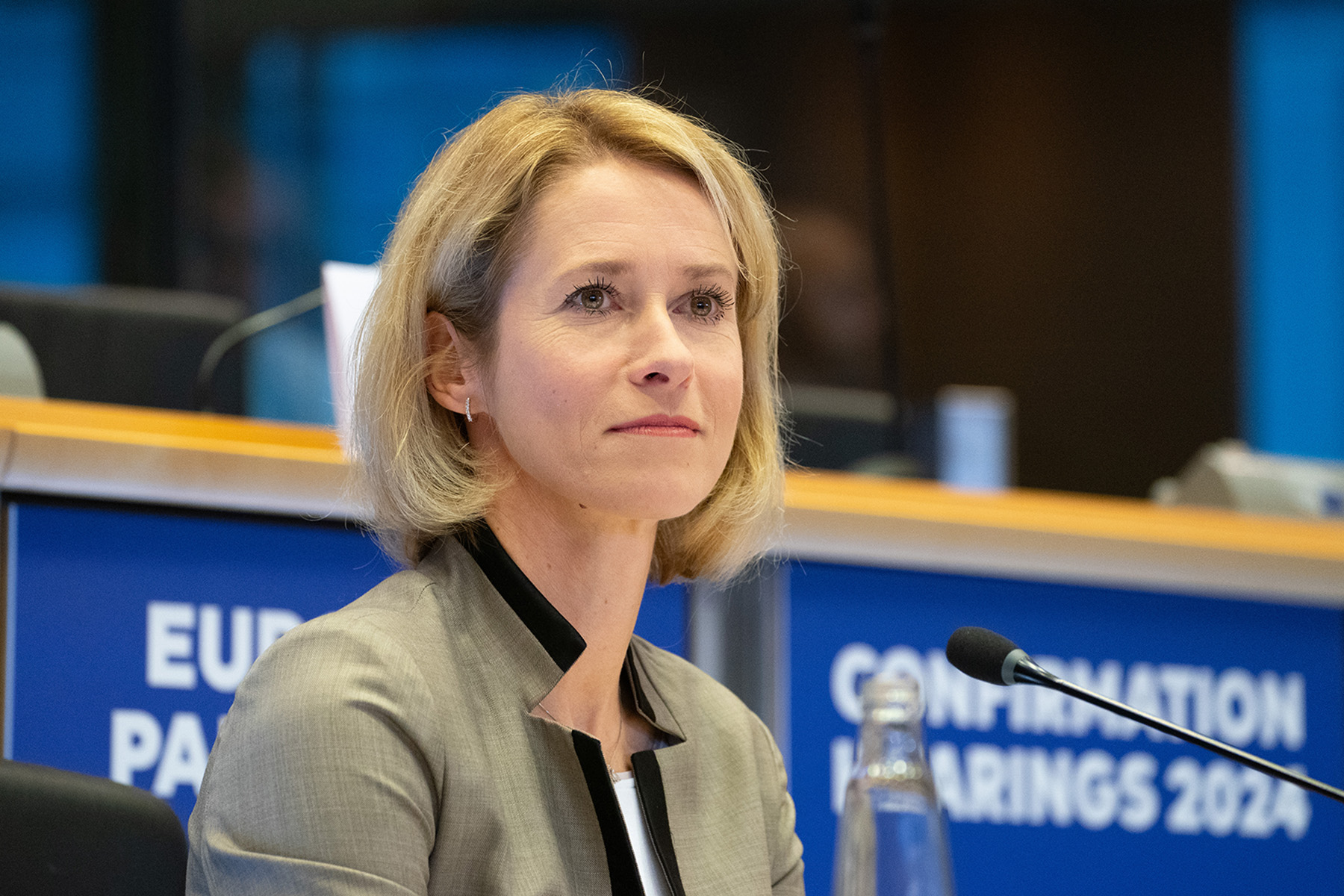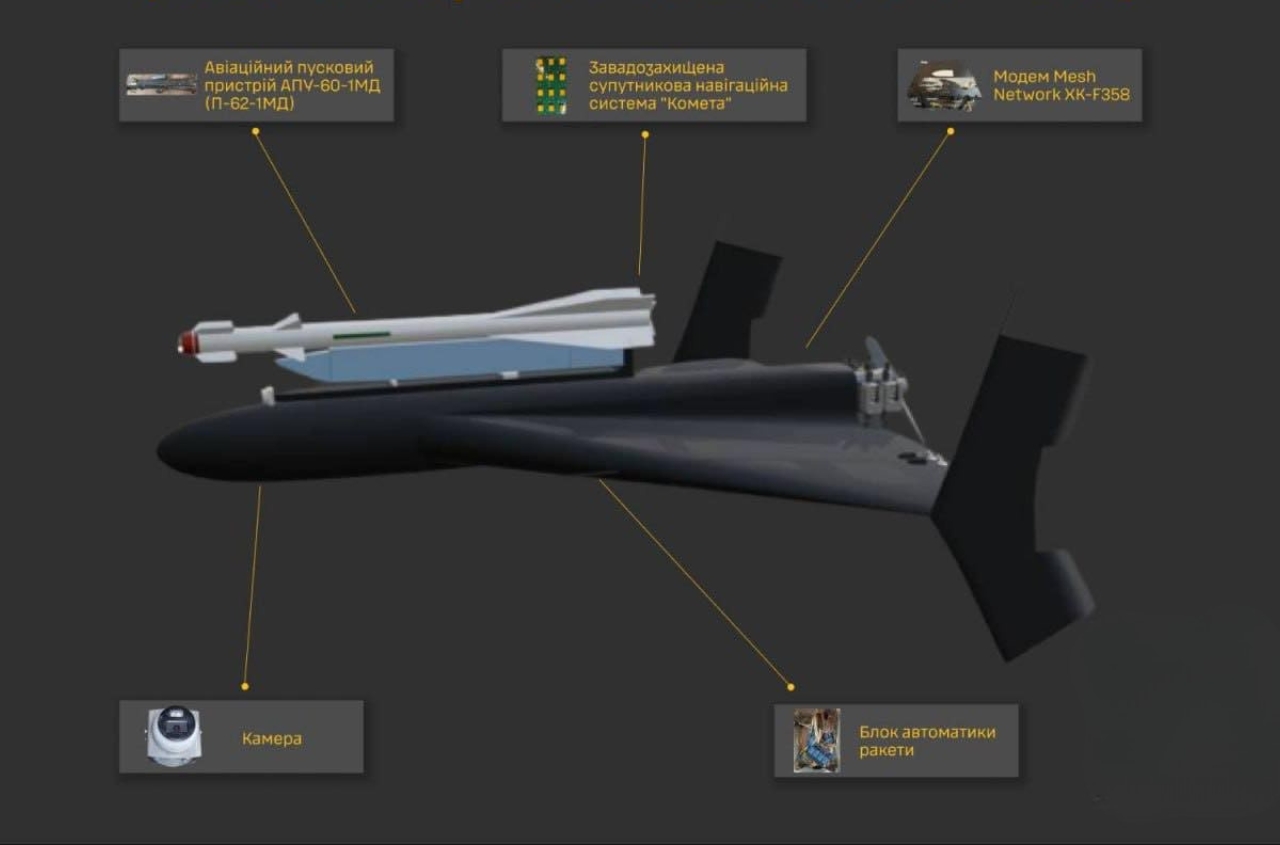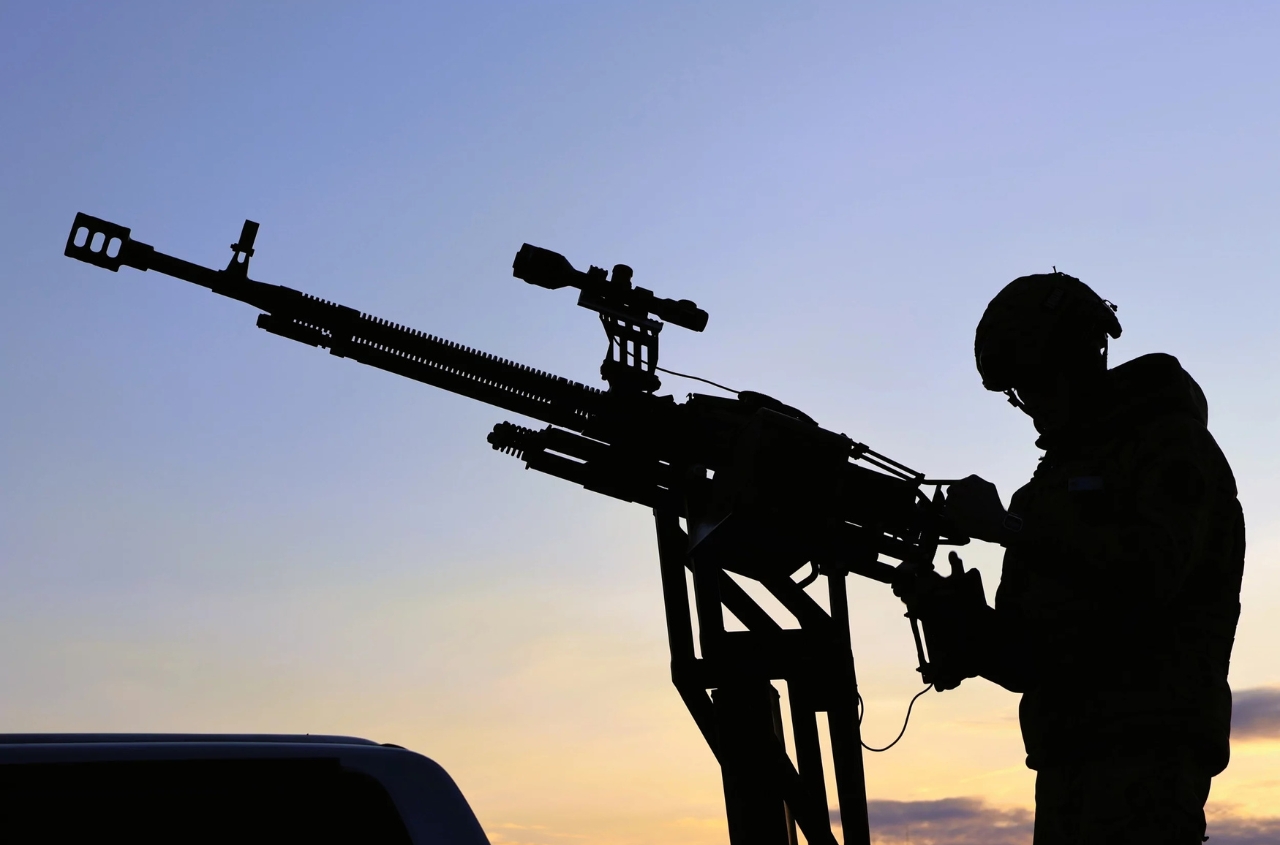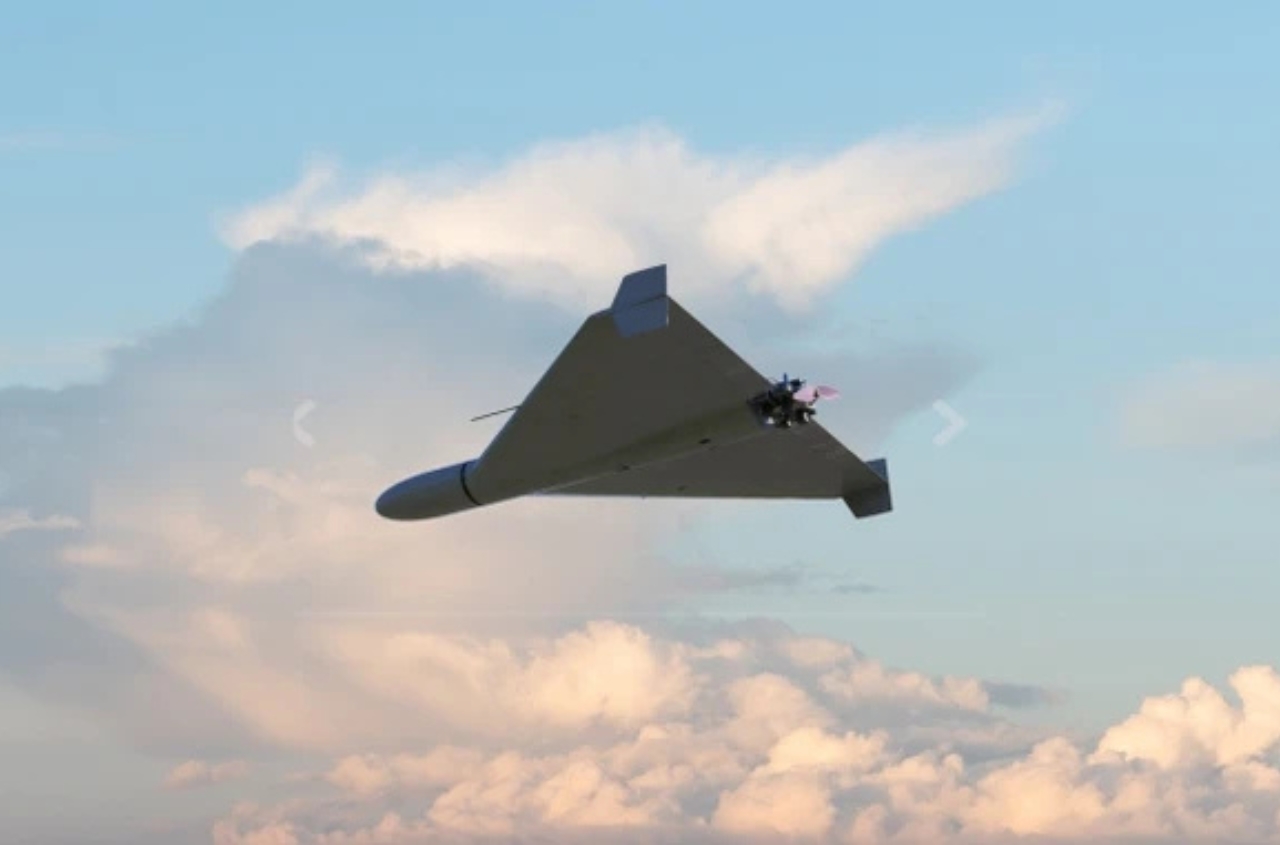By Ihar Tyshkevich
US Tariffs and a Multipolar World
The US is imposing tariffs on nearly all countries worldwide. At the same time, the hardest hit are developing nations and... long-time political partners of Washington: the EU, Japan, South Korea, and even Taiwan. However, Russia is not on the list, for example (although basic 10% tariffs are likely to be introduced). Illogical? Not at all. The essence is not about global trade issues, but the logic of a multipolar world and the formation of its own sphere of influence. Let's figure it out together.
The Basic Situation or a Repetition of What Has Been Written
First, I will briefly repeat the framework in which US foreign policy currently operates:
-
The key geopolitical competitor the US perceives is China. And only China. At the same time, both countries, as of today, are interdependent—they are key trading partners, and there are areas where the American economy cannot function without Chinese supplies, and there are areas where Chinese manufacturers cannot develop without imports from the US.
-
A transformation of the global economy is underway. On one hand, there is a sharp increase in the importance of possessing knowledge and technology, while on the other hand, there is a need to create a new production base (at a new technological level). In the framework of this process, the countries of the world are divided into 3 groups:
-
The core (those who possess technology and production bases),
-
Semi-periphery (those who produce based on foreign technology),
-
Periphery—the rest. Moreover, the periphery has no more development options—even the option of selling “cheap labor” ceases to be a mechanism for economic breakthrough.
-
-
The above-mentioned processes are leading to the transformation of the global political system. More precisely, its deconstruction. There are several options for behavior here. For geopolitical leaders (or those aspiring to leadership), the choice comes down to two options. Either attempt to accumulate resources, optimize costs, ignoring the constraints of the old system, and often deliberately destroying them. Or, on the contrary, try to use the opportunities of the old system for as long as possible to strengthen themselves, without creating unnecessary points of tension in relations with other states. China is still choosing the second model of behavior. However, the US has long chosen the first one (remember the withdrawal from Afghanistan, the change in scientific and technological cooperation mechanisms even with close allies, the stimulation of regional coalitions instead of its own presence). Under Trump, the choice became obvious and public.
At the same time, both contenders for world leadership (or future poles of the world) are actively forming (or trying to form) their sphere of influence without directly confronting each other—at least not militarily. Does this sound illogical? Not at all—let's assess Trump's tariff wars from the perspective of the three points mentioned above.
The Logic of Tariff Wars
The first thing that stands out when evaluating the tariffs is the two categories of countries for which the duties are not so high. These are economically weak states (the periphery, which Washington assigns the role of a raw material base), as well as South American countries. This is important because the US is trying to revive the doctrine of "America for Americans" or the Monroe Doctrine in a new phase. That is, strengthening its positions "in both Americas" combined with a certain type of political isolationism in relation to the rest of the world. This logic also fits with the previous pressure on Mexico and Canada (which are not mentioned in the new list). The first is a potential regional leader who could create competition for the US in expanding influence over Latin America. The second is a threat to isolationist policies and a competitor in the race for technology. Trump needs "obedient" Americas.
The second is the fairly high tariffs on countries that are considered US partners. Primarily, these are the countries of the EU. And here, it makes sense — it is highly disadvantageous for the United States to turn the European Union into another geopolitical pole. A manufacturing hub technologically tied to the US—fine. A competitor in politics and technologies—categorically no. Europe is assigned the role of "semi-periphery." New tariffs are intended to stimulate the transfer of certain European industries (primarily technological ones) to the US, while leaving the EU states with the costs of maintaining regional stability. This group also includes Japan, South Korea, Switzerland, Malaysia, Indonesia, and India. The approach is similar—an attempt to pull technological production “in exchange” for the fading "security umbrella." Tariffs on Taiwan can be seen as an incentive to evacuate technological production to the US (as TPMC does). Washington, of course, continues to talk about defending the island. But given that there is no consensus among the local community on independence and that there are influential parties advocating for reunification with China, the only mechanism for “protection from China” is occupation. This is not suitable, so the process of transferring technologies and production to US territory must be stimulated.
The third category includes states that remain key partners for the US in order to maintain its presence in critical regions. These are the United Kingdom, Australia, New Zealand, and Israel. As well as potential partners of Washington.
Tariffs on China are handled “separately.” On the one hand, this is the beginning of a trade war between the countries. On the other, it’s an invitation to Xi for dialogue on Trump’s terms. I wouldn’t be surprised if, after the US-China summit, a significant portion of these tariffs is revised.
Russia, the “axis of evil,” and potential partners—Trump’s remarkable generosity.
We should start with the low tariffs for Turkey, Egypt, the UAE, and several other states. In the context of optimizing its presence in certain regions, Washington needs “counterweights”—countries capable of restraining the rise of others. Turkey and Egypt are key in the Middle East. Specifically, Turkey also covers the Black Sea region and Central Asia (counterbalancing Russia and China). The UAE represents the countries of the Persian Gulf. And there’s also the issue of the need for a territory for technology exchange, which the Emirates de facto already provide.
Russia and Iran follow a different logic. Washington does not view Moscow as a potential contender for global leadership. The Kremlin understands this as well. However, Russia is important to the US as a partner in Arctic control, a source of resources, and a partner in simultaneously restraining both China and the EU. Iran plays a similar role in relation to China and Turkey in Central Asia. But only if a new "nuclear deal" is concluded. By the way, Moscow actively wants to mediate the negotiations.
What Does This Mean for Us?
Trump's tariff war (or rather the war for economic resources, which include technologies, production, and logistics) would have ended before it even started if the system of international relations were functioning properly. However, when the world system is de facto already broken, each state will try to find its own mechanisms to exit the created situation. That means some partners will insist on a mirror response, while others will try to negotiate, making some concessions. This, by the way, also poses risks to the integrity of the EU. But in any case, even after sowing chaos, Washington will manage to form some semblance of a zone of its own dominance. This will include both Americas and several European countries. Similarly, this will lead to the strengthening of China’s sphere of influence—Beijing is using the current situation to present its policies as a reasonable and predictable alternative to the flood of ideas from the new American administration.
For the European Union, this is a challenge. The EU will be forced to solve several long-postponed tasks. In particular:
-
Its own position on the global stage, meaning the implementation of a strategy to autonomize European politics.
-
However, success in point 1 is impossible without transforming the decision-making system at the Union level—groups of states form policies through consensus and cannot show quick responses to external challenges. In other words, the EU must consider, at a minimum, the postponed idea of a "Europe of different speeds" that was raised 8-9 years ago.
-
Preventing the formation of "internal coalitions" that would promote the interests of candidates for global leadership. Or, at least, minimizing the influence of such "alliances" on pan-European politics. This refers to both the "Three Seas Initiative" project (as a projection of American interests) and the China-backed axis of Romania-Hungary-Serbia, as well as Turkey's effort to form its own sphere of influence in the Black Sea region (at least until Turkey's policy towards it changes).
-
Revising cooperation programs with key partners outside of the US. This concerns countries in the Middle East, Turkey, Egypt, Japan, South Korea, and India.
-
Developing independent (unlinked to the US position) political strategies to respond to the emergence and strengthening of new international coalitions. For example, BRICS.
Thus, Ukraine finds itself at a point where several zones of instability converge. Specifically:
-
Washington’s search for approaches to Russia to contain China.
-
The formation of regional European coalitions and cooperation zones: Turkey’s sphere of influence, axes built by China, and the Three Seas Initiative.
-
The overall revision of approaches to internal and external policies by EU countries.
-
The creation of a grey zone between the spheres of influence of China and the US.
At the same time, Ukraine is still seen by Trump’s circle as a peripheral country—that is, a resource source that can play a role in counterbalancing Russia. An unenviable role, in terms of the future. But if we look at what’s been written above, the regional security system and the system of international cooperation are essentially destroyed. And the US is not the architect of the new one. There are several potential centers of power and processes shaping new systems. This involves regional alliances, Turkey’s position, "Old Europe," and Poland as a driver of the Three Seas Initiative. Therefore, with an active, rational, and somewhat cynical policy, Ukraine has a chance to build its own system of cooperation in the region. This gives it a future opportunity to leave the "periphery" of the global system. Unfortunately, though, we do not have much time for this—at most, 5-6 years.









